► Honda’s electrification genesis driven
► Wacky (but aerodynamic) looks, efficient powertrain
► Still sweet to drive, 25 years on
Honda celebrates 25 years of hybrid power in 2024 and it all started with this: the original Insight. It was an oddball from the outset, but had a very clear purpose: to become one of, if not the, most efficient mass production cars ever made.
As Honda announces a new-generation Prelude, we got a chance to get behind the wheel of Honda’s hybrid genesis moment.
At a glance
Pros: The way it looks, satisfying to drive, compact and efficient
Cons: The way it looks, slow, only a two-seater
What is it?
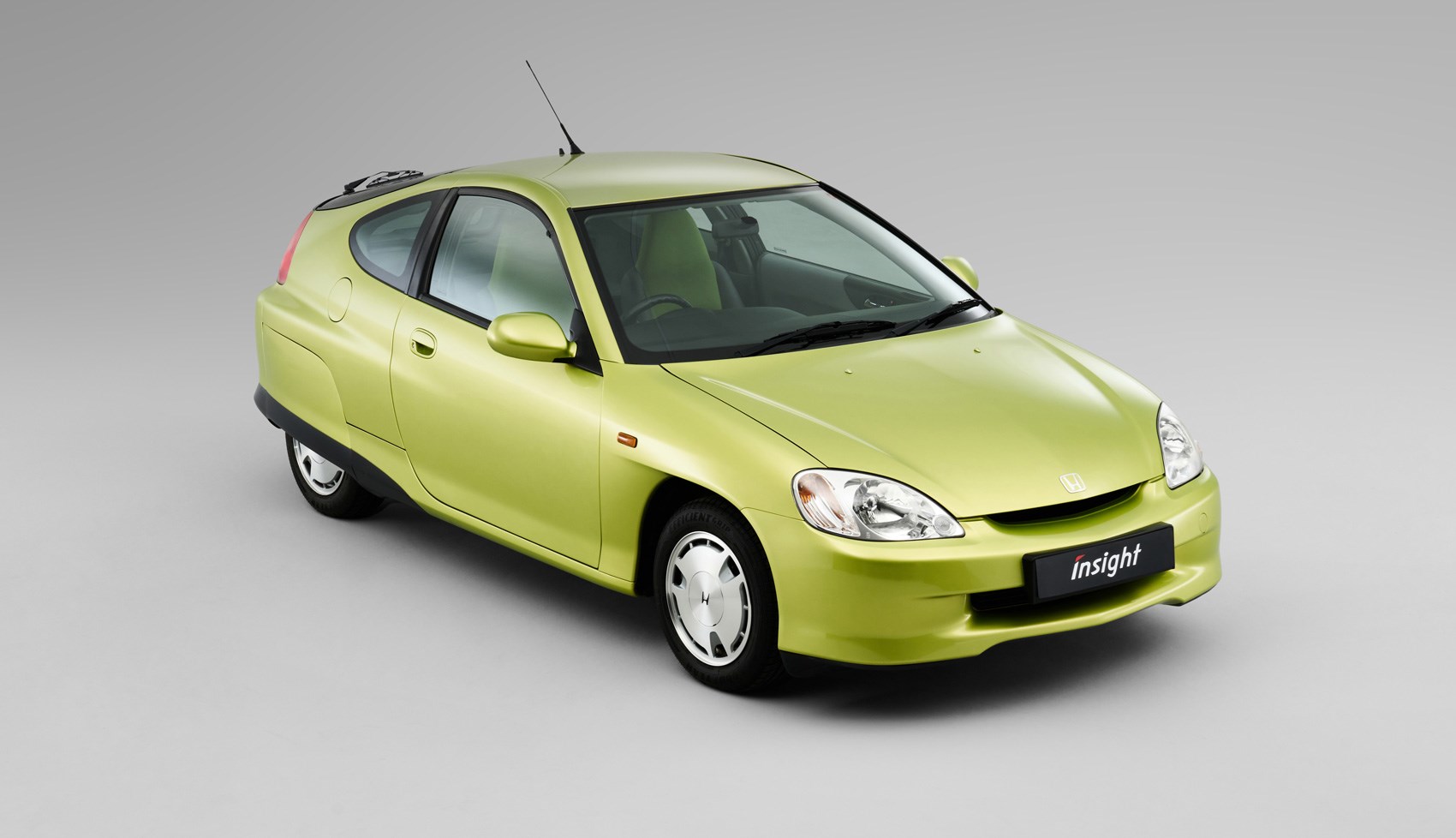
Honda’s first hybrid production car and a model that was designed to achieve the ‘world’s lowest fuel consumption for a mass-produced petrol engine car.’ Our first glimpse of it was at the 1999 Frankfurt motor show, with the model pipping Toyota’s Prius to become the first production car with a hybrid powertrain.
It launched in 2000 in Europe, touting its prowess as a vastly efficient city car – so much so that Honda originally called it ‘more than just a technological showcase. It’s engineered for real-world motoring.’
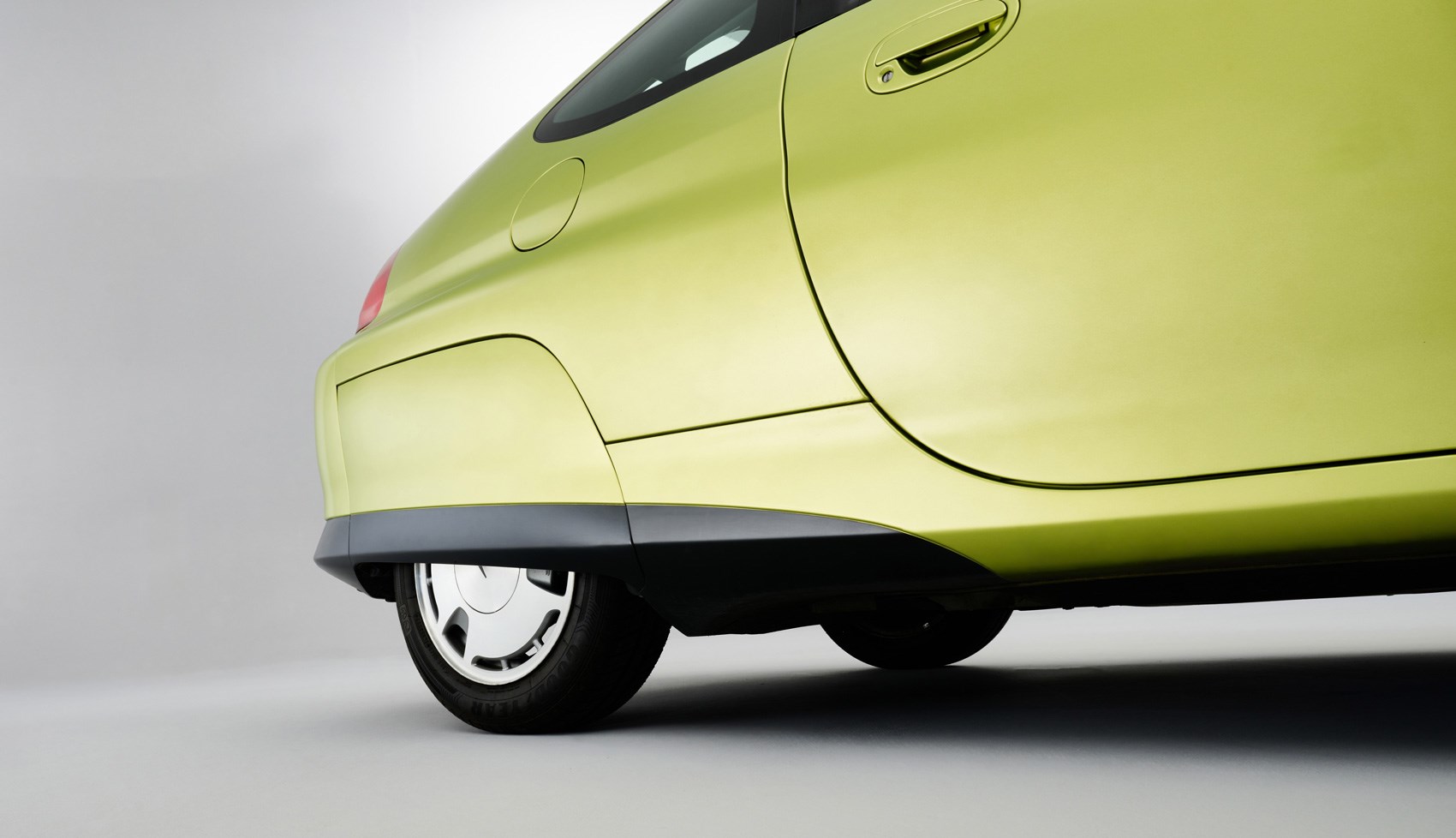
The Insight is a two-door, two-seat hatchback-coupe… thing that featured lots of innovations in the world of aerodynamics. Honda designed the Insight with a low bonnet height and low-drag front grille, super aero efficient wheels, completely flat underside and a rear end designed to (at least slightly) echo a teardrop – the most aerodynamic shape in nature. Most noticeably, the rear wheels are cowled.
The result is… that it looks weird, albeit very distinctive 25 years on, and achieves a drag coefficient of 0.25Cd – a figure rarely bested by cars you can buy now.
What are the specs?
It’s a super light car made from aluminium (835kg dry, or 850kg with air-conditioning) and therefore not exactly cheap to produce.
Naturally, the focus for the Insight is its clever engine. The basis is a 1.0-litre, three-cylinder engine – one that claimed to be the world’s lightest at the time, using a mix of aluminium, magnesium and plastic to keep its weight figure now. On top of that, the Insight was the first car to use Honda’s Integrated Motor Assist, which comprises an e-motor attached to the crankshaft. Effectively, the Insight acts like what we’d call a mild hybrid by today’s standards; the motor allows regenerative braking, torque boosts and automatic start/stop in traffic. And yet Honda was doing this 25 years ago.
The Insight was available with a five-speed manual transmission, or a CVT automatic. Ours had the manual.
What’s the interior like?
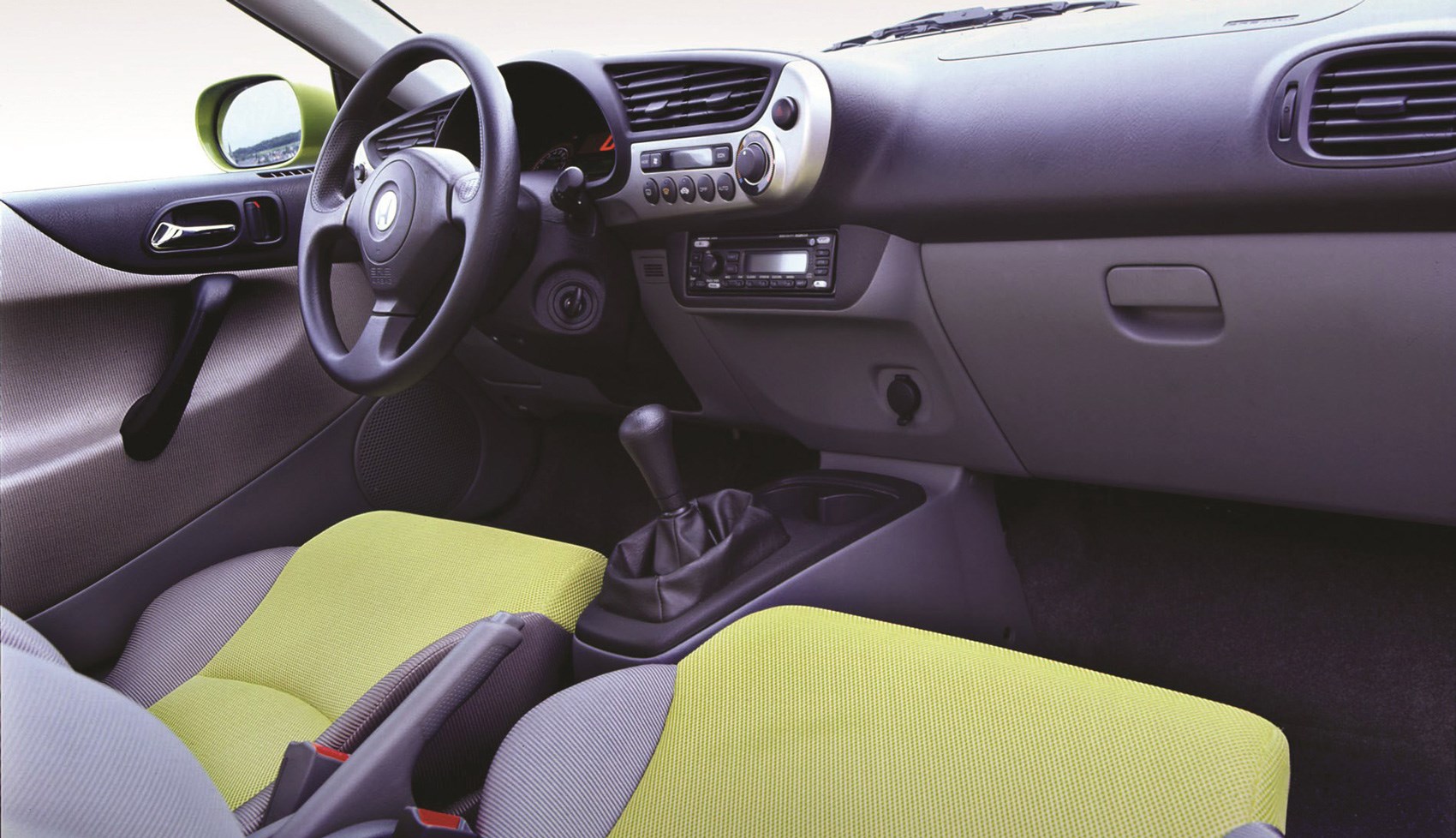
The model we’ve driven comes from Honda UK’s heritage fleet, so has been looked after well, But even after 25 years on the road, it’s extremely tidy and feels solid to be in.
Much more sensible Honda-ness in here than the wild exterior. Still, though, there are some quirks and interesting bits and pieces. The seats, for example, are upholstered in super breathable mesh and feel great to sit in, and the driving position is fantastically low.
Another specific detail to the Insight is its super-retro digital instruments, which include eco-conscious details like a shift indicator and a light for when the automatic start/stop comes on; information we take for granted now, but something that was novel back then.
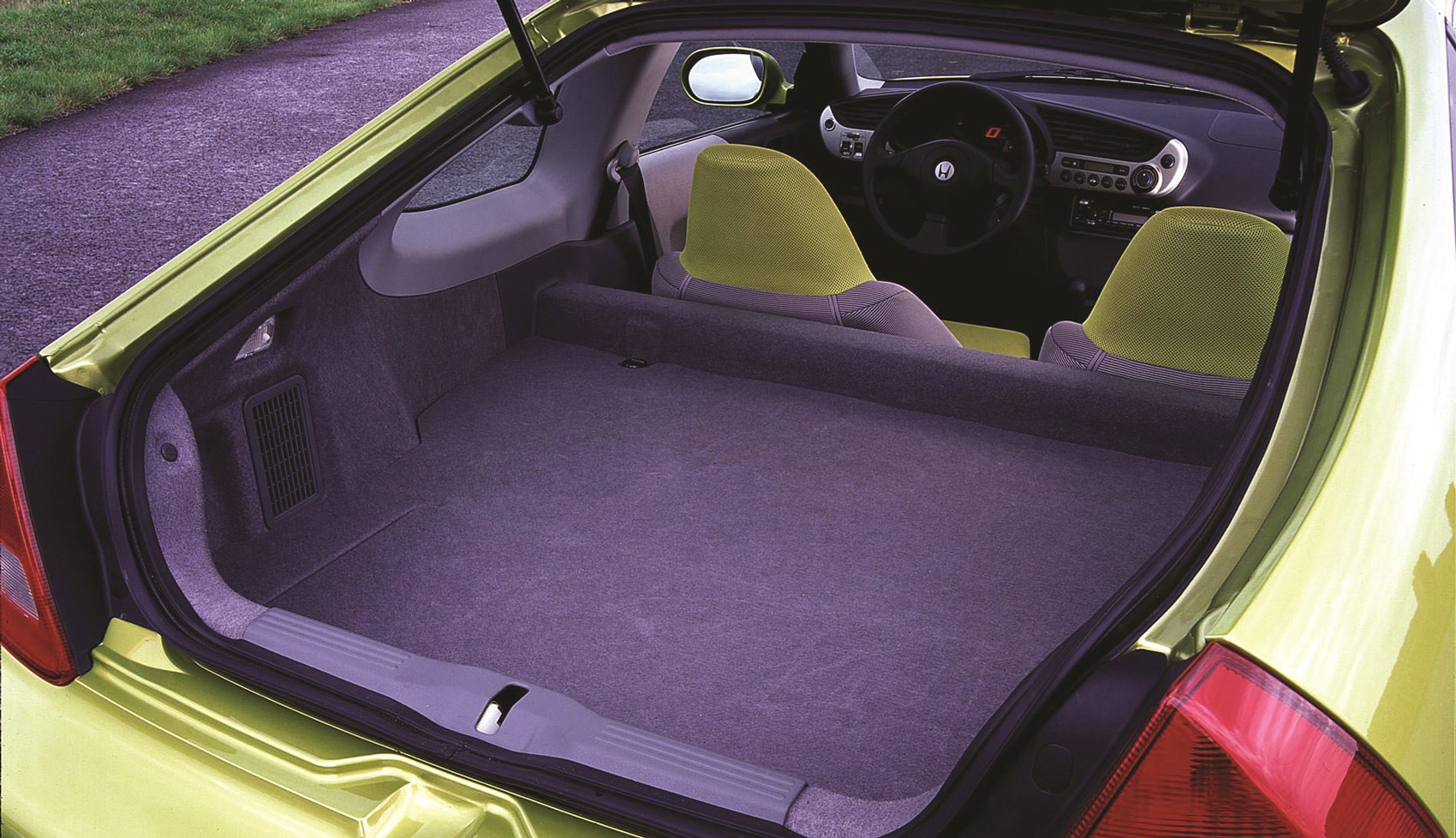
It is, however, only a two-seater. The rear area is dominated by a large bulkhead and a shallow boot area, so it’s not the most practical thing on Earth.
How does it drive?
It’s an absolute sweetheart. Let’s get one thing out of the way nice and early, though: the Insight is slow with a capital S. But it’s a car that’s only equipped with 75bhp so, naturally, it’s a tad sluggish.
But – obviously – that is far from the point of the Insight. It’s all about efficiency, and eking out the most momentum from the least performance. And the powertrain itself is still immensely smooth, with a buzzy three-cylinder that’s quiet even at mid revs and the gentlest of gentle e-boosts that can be felt when the throttle is applied.
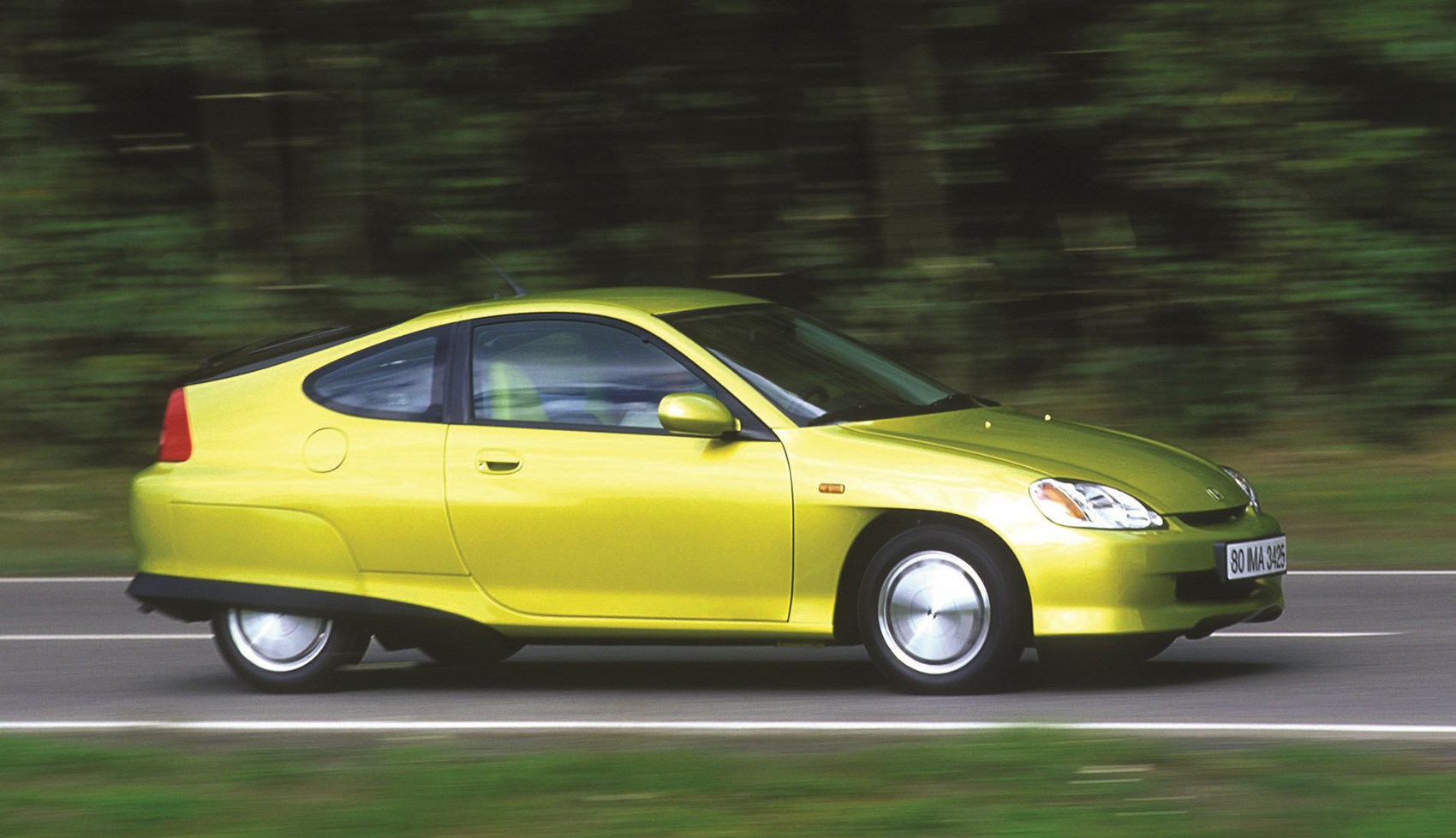
The shift indicator and the power/charge meter on the instruments really helps you understand what’s going on, and implicitly coaches you on how to drive more smoothly and with more consideration for your mpg figure.
The Insight’s control weights are nicely judged, too. This isn’t some hyper-taut Type R yobbo machine, but the steering has some pleasing weight to it (albeit coupled with a bit of slackness off the dead-centre) and the manual shift is fantastically smooth.
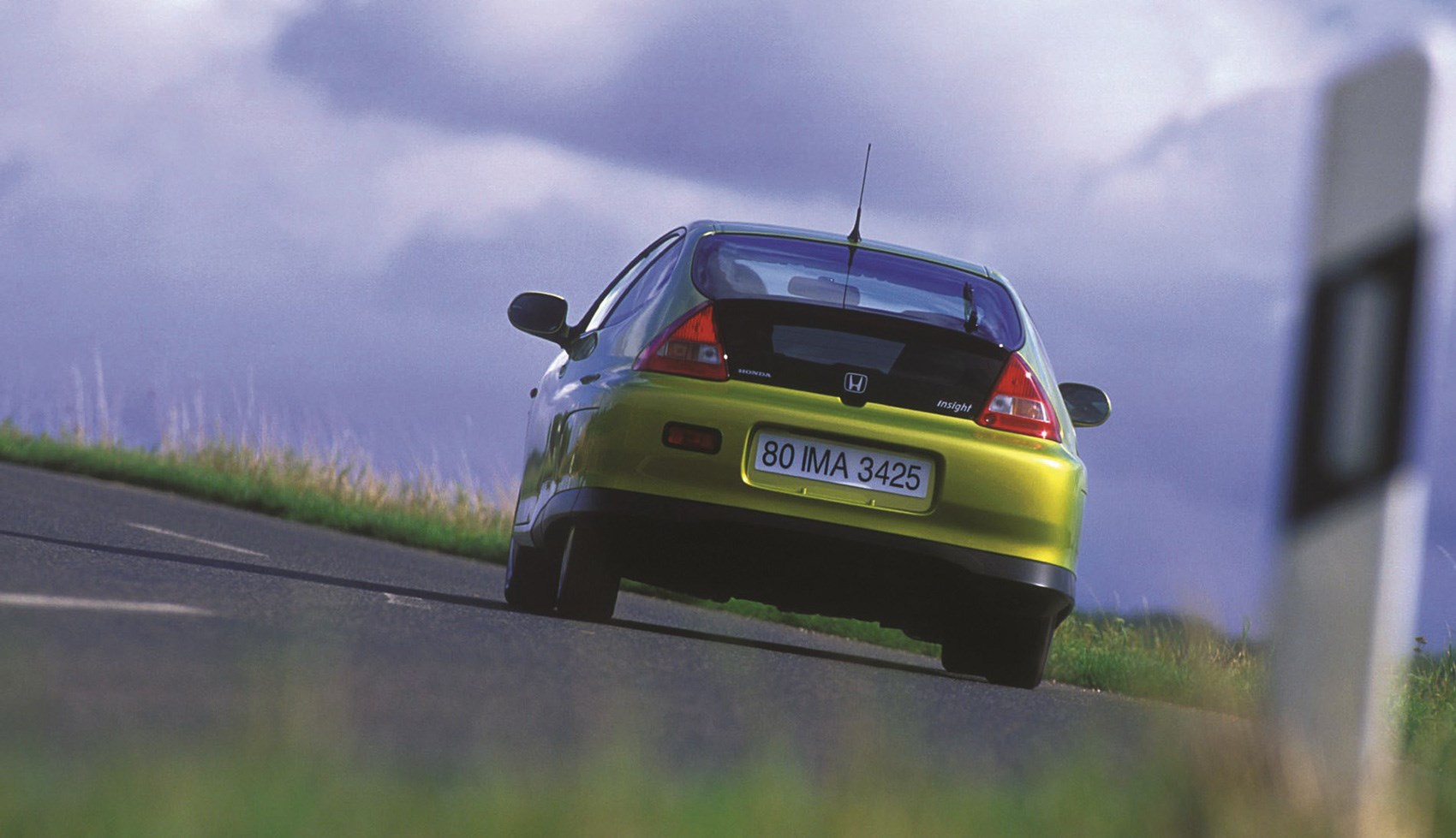
It’s easy and approachable, neat and tidy out on the road. And the fact that it’s so dinky is particularly highlighted when you’re inside it and shows just how large cars have gotten over the years. Sitting at a set of traffic lights, the Insight felt microscopic next to a Ford Kuga in the other lane.
Verdict: Honda Insight (1999)
This is Honda’s hybrid genesis, and proof that the storied Japanese car brand can be a true innovator. Driving it is double-edged; on the plus side, it’s a reminder that Honda has leagues of experience when it comes to efficiency and smart thinking, but that the brand currently has lost its inventive edge.
25 years on, the Insight is a fantastically smart car that’s shown how efficiency can be interesting and fun. Helps that it’s such a neat handler from behind the wheel, too.